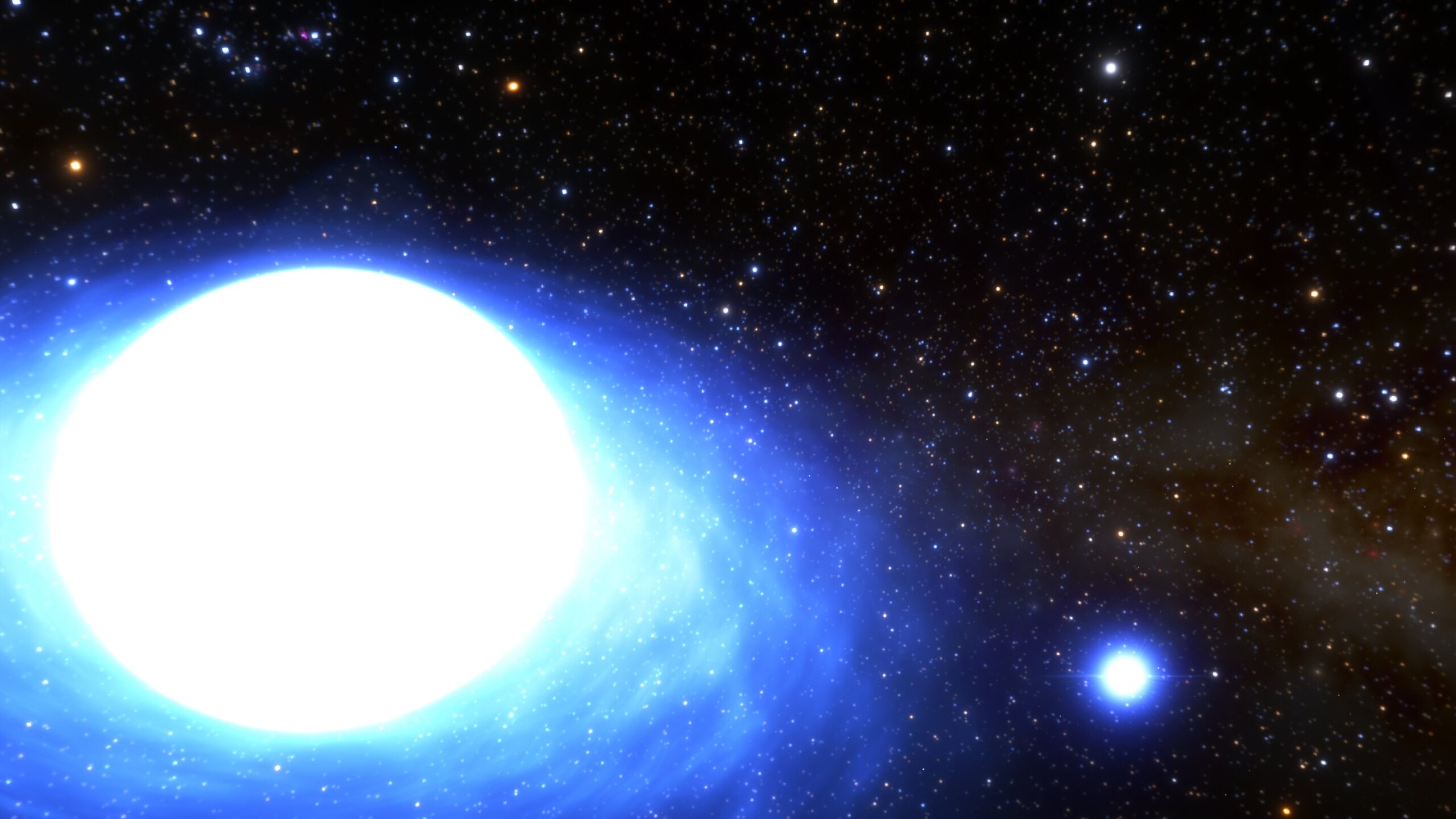Ever wondered, “What is a binary star?” Explore the celestial wonders as we delve into the fascinating world of binary stars, their classifications, and the pivotal role they play in unraveling the mysteries of the universe.
Introduction
In the vast expanse of the cosmos, binary stars shine as celestial marvels, captivating astronomers and stargazers alike with their enthralling dance. But what exactly defines a binary star, and why are they of such immense importance to the field of astronomy?
What is a Binary Star?
A binary star is a system comprising two stars orbiting a common center of mass, known as a barycenter. These stellar pairs, often referred to as double stars, manifest in various forms, contributing significantly to our understanding of stellar dynamics and cosmic phenomena.
Binary Star Classification
Binary stars are classified based on the methods used for their detection, encompassing several intriguing categories:
Visual Binaries: Visual binaries are discernible through telescopes, with stars appearing as distinct entities. Notable examples include the Alpha Centauri A and B system, offering a captivating sight in the night sky.
Spectroscopic Binaries: Detected through Doppler shifts in spectral lines, spectroscopic binaries reveal their presence through subtle alterations in light frequencies. Mizar, also known as ζ Ursae Majoris, stands as a prominent example in this category.
Eclipsing Binaries: Eclipsing binaries exhibit periodic changes in brightness as one star eclipses the other from our vantage point on Earth. Among these, Algol in the constellation Perseus shines as a well-studied exemplar.
Astrometric Binaries: Less commonly observed, astrometric binaries unveil their nature through the subtle wobble or displacement of one star around the barycenter. These systems offer unique insights into stellar dynamics.
Exploring Exotic Type Binaries
In addition to the main categories, the realm of binary stars encompasses exotic types, including X-ray binaries housing compact objects like neutron stars or black holes. These enigmatic binaries present captivating celestial phenomena, contributing to the richness of cosmic exploration.
Binary Stars: Guardians of Cosmic Secrets
Binary stars, with their intricate interactions and diverse manifestations, serve as invaluable probes for understanding the cosmos. Through meticulous observation and analysis, astronomers glean insights into phenomena ranging from pulsar emissions to the formation of accretion disks.
FAQs
- How are binary stars formed? Binary stars typically form from the same molecular cloud, with gravitational interactions leading to the birth of stellar companions.
- Can binary stars exist in triple or higher-multiple systems? Yes, some binary systems comprise three or more stars gravitationally bound to one another, unveiling complex cosmic dynamics.
- Why are binary stars crucial for astronomical research? Binary stars offer a unique opportunity to determine stellar masses accurately, enabling astronomers to unveil fundamental aspects of stellar evolution and dynamics.
- What role do binary stars play in understanding extreme physical phenomena? Binary star systems provide crucial insights into phenomena such as neutron star pulses and the dynamics of accretion disks, shedding light on the most enigmatic processes in the universe.
- Are all binary stars visible to the naked eye? While some binary stars are visible without aid, many require telescopic observation due to their proximity or faintness.
- How do astronomers classify binary stars? Astronomers classify binary stars based on their observational characteristics, including visual, spectroscopic, astrometric, and eclipsing properties.
Conclusion
In the vast tapestry of the cosmos, binary stars stand as celestial gems, offering a glimpse into the intricacies of stellar evolution and cosmic dynamics. From their diverse classifications to their pivotal role in deciphering cosmic mysteries, binary stars continue to inspire awe and fascination, driving humanity’s quest for understanding the universe’s grand design.

